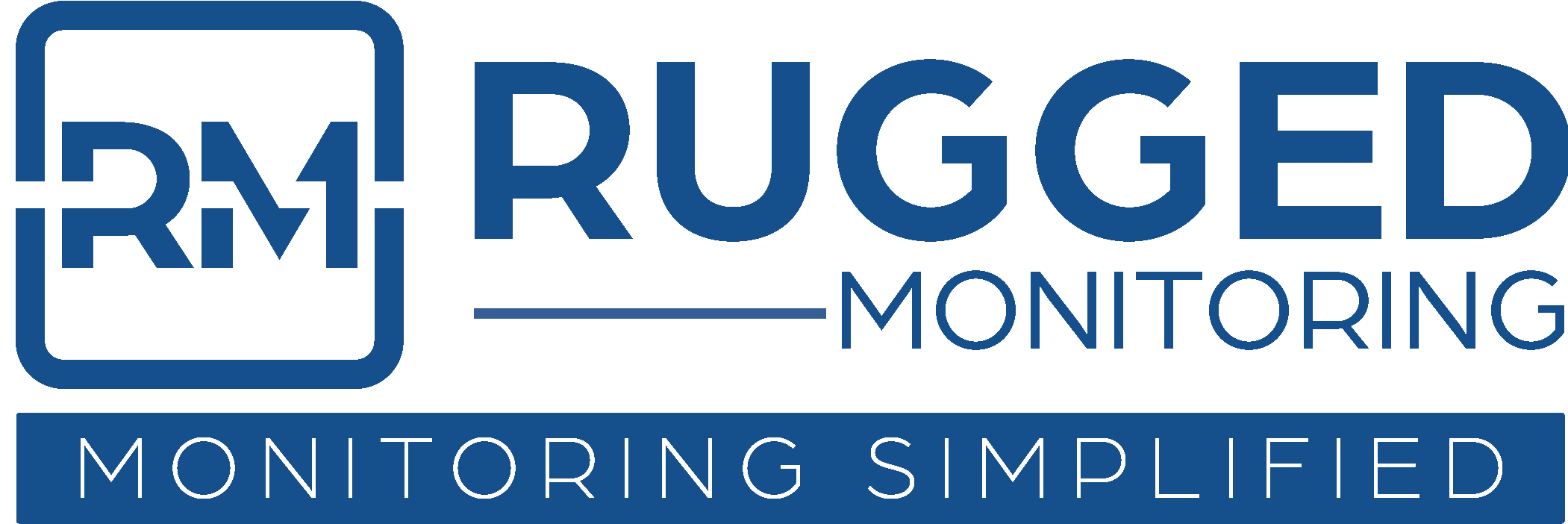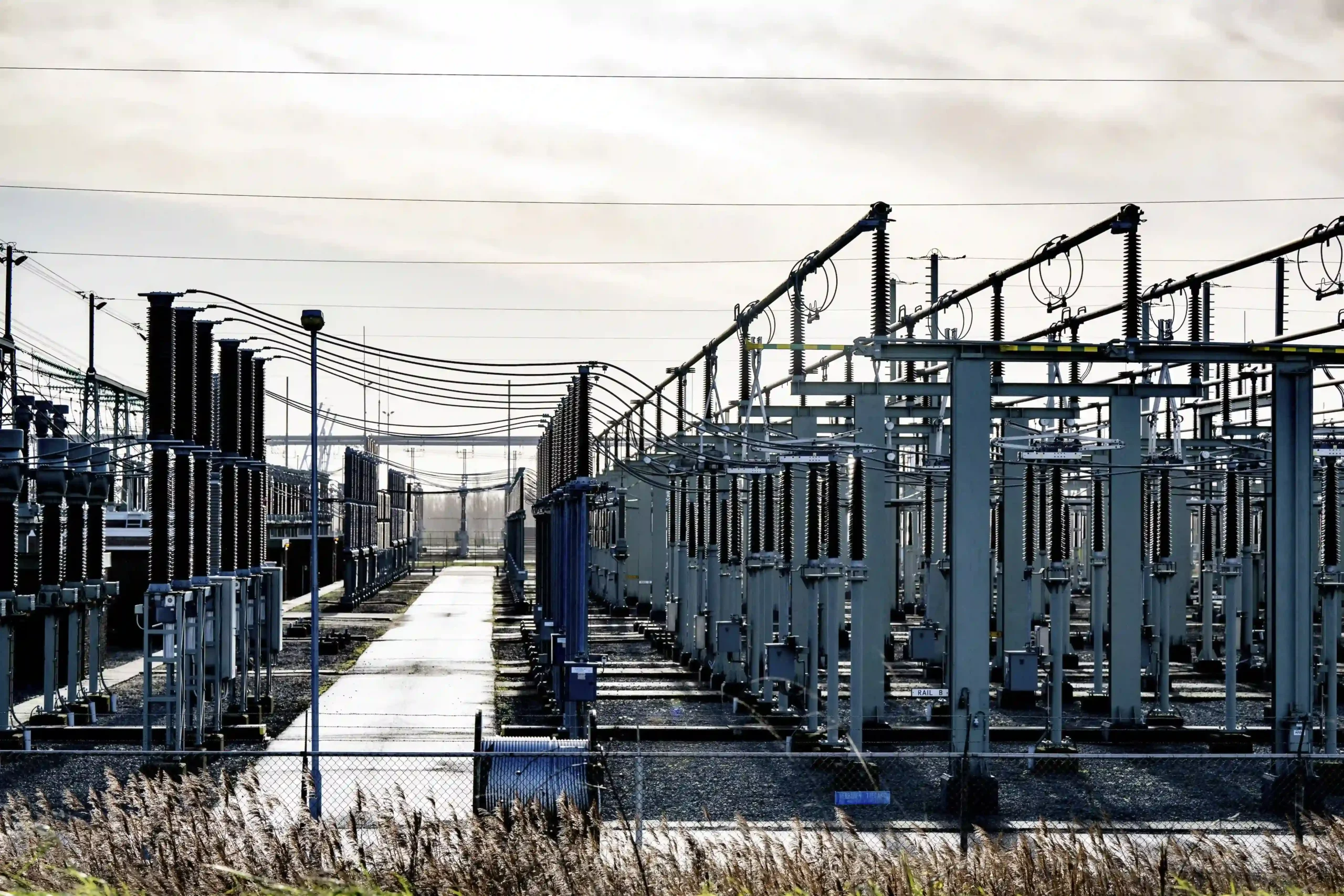The technologies for power grid modernization are slowly shifting from Industry 4.0 to Industry 5.0. However, a majority are still stuck with time-based maintenance, underestimating the need for intelligent systems, such as asset performance management for utilities.
In a previous blog, we discussed the distinction between proactive and predictive maintenance, highlighting how it is often misinterpreted. In this blog, we will continue our exploration of one of the most significant contributors to Industry 4.0, APM, with a specific focus on utilities.
Additionally, we will discuss how APM for utilities is evolving with AI and emphasize the need to invest now more than ever.
What is Asset Performance Management for Utilities?
Utilities, whether electricity, gas, or renewable energy, are currently under mounting pressure. Dealing with aging infrastructure, the demand for continuous availability, market volatility, and accelerating energy transition is pushing the need for beyond condition-based methods. It is also evident that most modern utilities rely on data, from offline to online monitoring. But how they utilize this data would drive the course of their maintenance. This is where asset performance management for utilities would play a vital role.
Asset Performance Management (APM) is a comprehensive system that integrates data collection, visualization, analytics, and reliability on a centralized platform. Founded on the frameworks of condition-based maintenance, APM further utilizes AI & ML algorithms to forecast health and performance patterns. The analyzed data can then be interpreted to predict failures, visualize maintenance, and even simulate asset failure events before they occur.
For utilities, predictive maintenance using APM software encompasses:
- Utility asset monitoring in real-time using IIoT sensors
- Communication & integration of this real-time data capture using IIoT edge devices
- AI/ML analytics performed by APM for utilities, including condition monitoring, diagnostics, risk index, and failure-mode simulation.
- Visualization and dashboards for real-time / near-real-time asset health.
- Advanced data-driven insights for decisions such as what to maintain, when, at what costs, etc.
- Actionable insights for lifecycle & risk management
- Feedback & continuous improvement with AI-capability.
But Why do Utilities Need Asset Performance Management Beyond Predictive Maintenance?
The aim of investing in asset performance management for utilities is to achieve comprehensive optimization and modernization of electrical assets. However, there are several reasons beyond just assisting in predictive maintenance that make utility asset management unavoidable.
-
Real-time Alarms/Alerts for Deferred Maintenance
Deferred maintenance can increase the risk of failures, outages, and safety incidents due to tight budget constraints. We have recently witnessed this with the North Hyde SGT3 failure. But with asset performance management for utilities, such catastrophic events can be avoided. APM provides customizable alerts and alarms that are accessible via any device, enabling remote, real-time monitoring.
-
AI-Driven Insights for Aging Infrastructure
In the current market, several utilities are operating on assets that are well beyond their planned lifespan. APM for utilities addresses issues beyond just present and future asset failures. It mitigates the problem of aging infrastructure by predicting the Remaining Useful Life (RUL). This index can be used to plan ahead for asset replacement.
-
Decreasing the Shrinking Profit Margins
Utilities must factor in several costs, such as fuel volatility, labor fees, industry regulations, environmental mandates, etc., when planning maintenance. Thus, they require a one-stop solution that seamlessly integrates with other CMS/EAM/SCADA systems. APM for utilities is precisely that – providing a centralized view of all operational and maintenance strategies, thereby eliminating enterprise-wide disintegration.
-
IIoT Data Availability for Dynamic Risk Management
As renewable sources proliferate (solar, wind, distributed generation) and grids become more complex and bi-directional, assets are subject to new stresses. APM helps manage these dynamic risks by providing real-time visibility across data, including historical, operational, environmental, and conditional information.
Thus, when evaluated at an enterprise-wide scale, asset performance management for utilities builds resilience and sustainability of the grid beyond predictive maintenance.
What Industry 4.0 Technologies should Utilities look for when investing in APM?
Industry 4.0 mainly focused on industrial technologies that were more digital-first and cyber-secure. With innovative solutions that enhance the collaboration between electrical assets and human contributions, this revolution brought together:
- Industrial Internet of Things (IIoT)– An intelligent IIoT system includes sensors, edge devices, and APM for utilities. This comprehensive network transforms linear, siloed systems into a digitized, interconnected network of assets. Thus, empowering utilities to deliver efficiency, reliability, and safety.
- Cloud Computing- By offering seamless agility and adaptability, asset performance management for utilities drives remote connectivity and on-demand access for all O&M processes. This also lowers the capital expenditure on labor and other maintenance infrastructure.
- Artificial Intelligence & Machine Learning- With real-time sensor data analyzed using AI-ML algorithms, APM provides insights that aren’t constrained to only proactive maintenance. It predicts issues that might otherwise be missed due to incomplete information. By analyzing various data sources, AI/ML algorithms help APM for utilities achieve operational excellence more quickly.
- Automation & Autonomous Control- By turning data-driven analytics into actionable insights, asset performance management software ensures faster response time and greater reliability for utilities.
- Digital Twins– By simulating various failure modes, APM empowers assets experts and reliability engineers to plan for complex issues. It also allows them complete control and accessibility of the assets virtually throughout their lifecycle.
While the overall focus of this industrial revolution was on grid modernization, Industry 5.0 is an evolution built upon Industry 4.0. It focuses more on the human-machine collaboration by inculcating sustainability, human-centric designs, and ethical considerations. Industry 5.0 also ensures a deeper focus on minimizing the carbon footprint of maintenance and operations.
Thus, this model of the Industrial Revolution innovates APM for utilities, providing stronger decision-making support and greater transparency.
So, why must investments in APM for utilities continue now more than ever?
Given all the arguments surrounding asset performance management for utilities, continued investments are now more essential than ever.
-
Regulatory and environmental compliance
Industry regulations for predictive maintenance and its technologies, especially AI, are tightening globally. Utilities that do not invest in solutions adhering to these standards and protocols are subject to strict penalties. However, with APM for utilities, businesses can scrutinize their maintenance practices for waste disposal, carbon emissions, circular economy mandates, and net-zero commitments. This ensures compliance and reduces environmental externalities. \
-
Customer expectation and social license
Customers expect modern electrical grids to be reliable, easily restored, and operationally excellent. Anything contrary leads to reputation harm. Additionally, customers are increasingly concerned about utilities that adopt sustainable practices. APM for utilities helps achieve this by minimizing asset downtime and demonstrating reliable green credentials.
-
Technological opportunity & competitive advantage
Many utilities are still behind in digital maturity. Early adopters of more advanced APM (toward 5.0) will get measurable advantages. Additionally, as APM tools mature (AI, digital twins, edge analytics, and improved sensors), the cost of entry is decreasing; the risk vs cost balance shifts favorably.
Thus, as Industry 5.0 asset performance management brings in these dimensions, investments should continue. Not only because of the difference in future risk profile, the increasing demands, and the competitive landscape, but also for utilities not to be left behind in this growing evolution.
Rugged Monitoring’s APM for Utilities
Engineered with AI-ML algorithms at its core, Rugged Monitoring’s enterprise APM suite. RM EYE embodies a fusion of cutting-edge technology and innovative design. Whether for real-time monitoring of critical parameters, predictive maintenance scheduling, or trend analysis, RM EYE offers a robust set of functionalities, instilling confidence in the operators to meet the evolving demands of modern utilities.
Want to invest in an intelligent APM system for your utility? Contact our sales team today! Â Â




